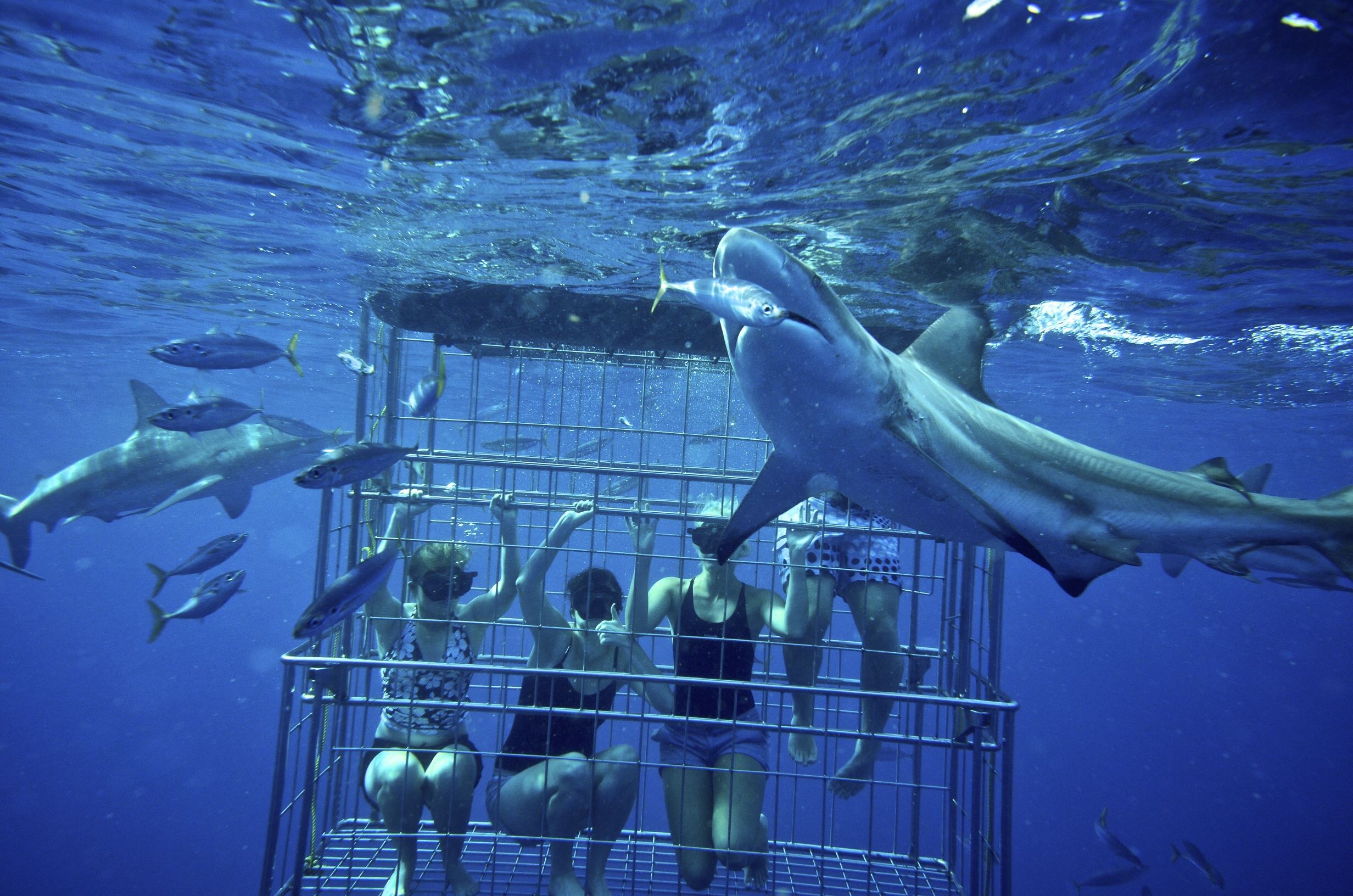
Anyone who sees a photo of a great white shark (or is lucky enough to properly see one personally!) is able to notice the shape that runs lengthwise along both sides, from the gills to the butt fin. This really is called the “lateral line.” Like eyes and noses are to the feelings of sight and scent, the horizontal range is essentially responsible for the shark’s mechanoreception abilities.
Great whites can not just feeling movement in the water, but additionally moment electrical impulses. This type of sensory program is known as electroreception. Easily visible on underneath of the shark’s snout certainly are a dropping of pores named the ampullae of Lorenzini. Called after the Italian researcher who first mentioned in it in 1678, these pores resemble numerous pimples or a 5 o’clock shadow. Each pore is filled up with conductive serum and sensory cells, offering the fantastic white the capacity to find the poor electric signals given down by all residing organisms.
The small amount of energy made by the heartbeats and muscle contractions of other creatures are often found by the ampullae of Lorenzini. Particular metals, when introduced in to seawater, give off a power signal that’s found by sharks. Analysts, angler, and people who plunge with shark cage diving have noticed that good whites sporadically push or bite metal parts of these boat to examine these new electrical intuition sources. Responsible scientists and good white crate divers construct their cages out of materials with hardly any electric ion reaction to seawater.
Considerable examine of the fantastic white’s “unique senses” has not been possible thus far, due to your inability to keep one in captivity for the length of time required for extensive remark and testing. One juvenile white shark, kept for 3 days in the San Francisco Steinhardt Aquarium in 1980, revealed sensitivity to a tiny portion of her aquarium with a tiny electrical differential of 0.125 millivolt. Using this and different calculations, maritime biologists estimate that the fantastic bright shark may discover the electric equivalent of a D-cell torch battery at a distance of very nearly 1,000 miles away!
If you were to question random people on the street what they find out about great bright sharks, you’d probably get very similar, small responses. In addition to the fearful expression of a strong desire to avoid experience of one, they’d probably give you the mixture of misinformation propagated by folklore and the picture industry. Despite being the most identifiable and popular of all sharks, relatively little is famous about the fantastic white. Underwater scientists and conservationists use several study methods to find out about that exciting and misunderstood person, with the hope of guarding them and teaching the public.

